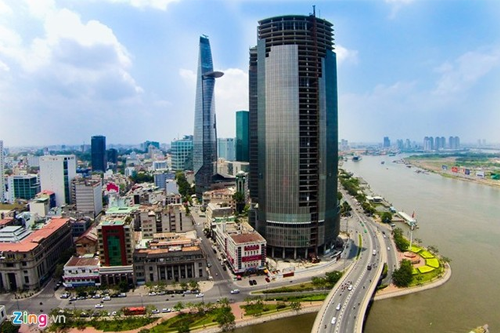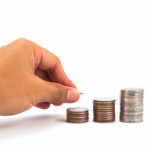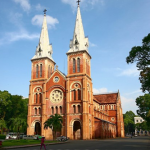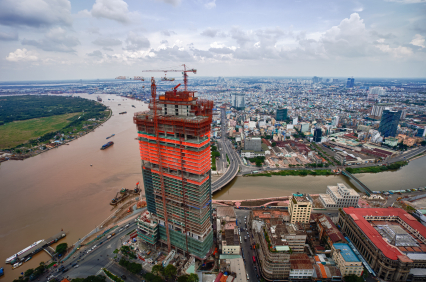
Viet Nam is entering its economic ‘Golden Age.’ Will the final picture resemble Japan or Thailand?
Viet Nam is entering what the United Nations Population Fund (UNFPA) calls its ‘Golden Age’, one characterized by an abundant labor force and low social welfare costs. It’s a rare moment, an opportunity wherein a single generation is poised to shape the future of its country. Other Asian neighbors, such as Japan and South Korea, seized this opportunity and experienced exceptionally high growth rates and rapid industrialization during the second half of the 21st century. Thailand and Malaysia, on the other hand, having been graced with the same opportunities, were unable to fully realize their potentials and found themselves climbing the economic ladder awkwardly, only to stop somewhere in the middle. The contrast is evident today when comparing the downtowns of Tokyo and Bangkok.
Where in this spectrum Viet Nam will fall ultimately depends on number of factors, such as: responsible urban development, environmental preservation, adaptability to a changing climate and re-focusing of the economy from agriculture and manufacturing to high-skilled industries such as technology R&D and IT. As Ho Chi Minh City is the financial and commercial hub of Viet Nam, it must lead the way for these changes and serve as an example to the rest of the country.
There is a hopeful feeling in the city. When walking around in the afternoon, one is sometimes inundated by masses of just-dismissed school children running to their parents waiting on motorbikes. Now, as in the West, parents are focused on providing valuable education for their children with the hopes that, one day, they’ll have the skills to compete in the international labor market. This is now becoming a reality as many international companies set up shop in Ho Chi Minh City, staffed by young Vietnamese.
Along with personal development, the benefits of a growing economy are evident in the city’s skyline. Corporate towers are sprouting up like bamboo shoots in the city center, luxury apartments are rising in every direction, entire hi-income neighborhoods are being built from scratch. The first line of the city’s subway system is currently being constructed with the hope that once complete, debilitating motorbike traffic will abate, much as was the experience of Taipei.
It feels like a mix of a rapidly developing turn-of-the-20th century New York and American idealism and consumerism wrapped in one package. Lively produce markets buzz in the shadows of office towers; cart vendors line streets offering everything from grilled corn to lottery tickets. Women balance entire food stalls on their shoulders with wood beams and straw baskets. Many sing in melodic voices to trumpet their wares. Smells, sounds and colors are everywhere, to be seen and taken in by everyone.

Generally, people seem happy. Absent is a sense of pessimism, something so common today in many other cities. This may be due to the positive nature of Buddhist faith (to which more than 90% of the country claims) or the fact that the economy is the best it’s ever been. Most people now own motorbikes, food is abundant (in contrast to 30 years ago when there was strict rationing) and karaoke machines and flat panel TVs are common even in working class households. Consumerism is rising, as evidenced by the increasing number of cars (despite a 100% import tax), designer clothes, and smart phones, all of which are used to trumpet their owners’ status. It’s the Vietnamese version of the ‘American Dream’.
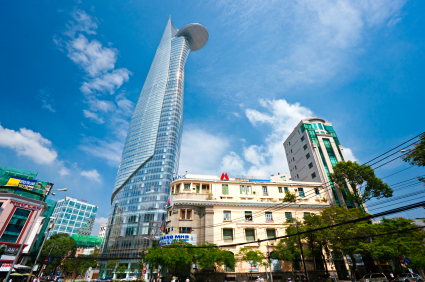
But this dream is mostly limited to urban dwellers and has not yet trickled out of the cities and into the countryside. Underfunded schools, and lack of basic infrastructure projects such as roads and water access, contribute to chronic underdevelopment. At some point, Vietnam will hit a critical mass wherein the success of the urban and financial centers depends on rural areas. Much of Vietnam’s economy relies on these areas, based on the many products they produce – Vietnam is a top-3 exporter of both coffee and rice – and on the country’s ability to bring these products to market. With a dilapidated infrastructure, along with old business practices, the current process is far from efficient.
Finally, and perhaps most important, there are the twin issues of the environment and urban development. Vietnam is one of the five countries forecast to be hardest hit by climate change in the coming decades and receives UN aid to mitigate against the potential devastation. Salinity levels in rice paddies are rising, shortening the growing season. If the future brings a one meter rise in water levels, 11% of the population (nearly 10 million people) will be directly affected. In addition to addressing this threat, more must be done about mass polluting of rivers, illegal logging, and haphazard urban development.
All of these issues seem to have been getting more attention from the government and press in the last few years. The hope is that this attention turns into effective action. One good example of a move in the right direction was the implementation of low-emission buses in Ho Chi Minh City and Hanoi.
The pieces are there. The question is: can Vietnam fit them all together to complete the picture it envisions for itself — Tokyo rather than Bangkok? In any case, it’s certainly exciting to watch.

